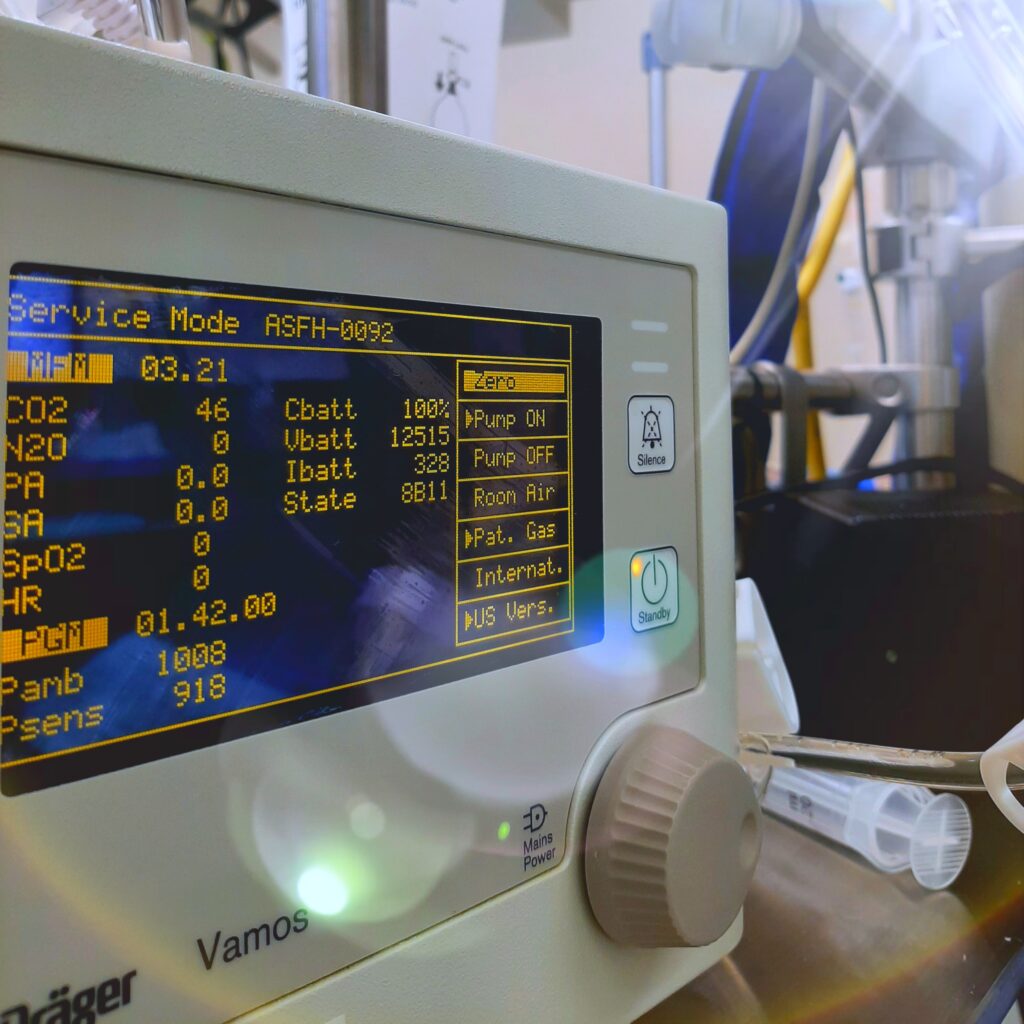Enhanced Hemocompatibility and In Vivo Analytical Accuracy of Intravascular Potentiometric Carbon Dioxide Sensors via Nitric Oxide Release

In this letter, the innate ability of nitric oxide (NO) to inhibit platelet activation/adhesion/thrombus formation is employed to improve the hemocompatibility and in vivo accuracy of an intravascular (IV) potentiometric PCO2 (partial pressure of carbon dioxide) sensor. The catheter-type sensor is fabricated by impregnating a segment of dual lumen silicone tubing with a proton ionophore, plasticizer, and lipophilic cation-exchanger. Subsequent filling of bicarbonate and strong buffer solutions and placement of Ag/AgCl reference electrode wires within each lumen, respectively, enables measurement of the membrane potential difference across the inner wall of the tube, with this potential changing as a function of the logarithm of sample PCO2. The dual lumen device is further encapsulated within a S-nitroso-N-acetyl-DL-penicillamine (SNAP)-doped silicone tube that releases physiological levels of NO. The NO releasing sensor exhibits near-Nernstian sensitivity toward PCO2 (slope = 59.31 ± 0.78 mV/decade) and low drift rates (<2 mV/24 h after initial equilibration). In vivo evaluation of the NO releasing sensors, performed in the arteries and veins of anesthetized pigs for 20 h, shows enhanced accuracy (vs non-NO releasing sensors) when benchmarked to measurements of discrete blood samples made with a commercial blood gas analyzer. The accurate, continuous monitoring of blood PCO2 levels achieved with this new IV NO releasing PCO2 sensor configuration could help better manage hospitalized patients in critical care units.
